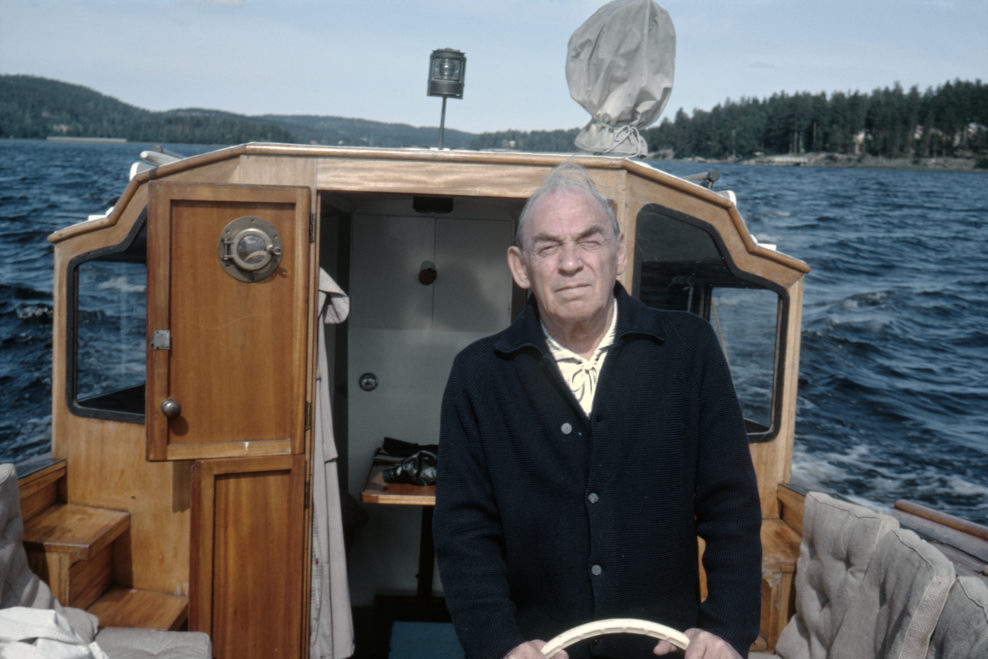
Page
Alvar Aalto’s life
Finnish-born Alvar Aalto became a world-famous architect and designer.
Read more
22. 4.
Monday
23. 4.
Tuesday
24. 4.
Wednesday
25. 4.
Thursday
26. 4.
Friday
27. 4.
Saturday
29. 4.
Monday
30. 4.
Tuesday
1. 5.
Wednesday
2. 5.
Thursday
3. 5.
Friday
4. 5.
Saturday
18. 5.
Saturday
20. 5.
Monday
21. 5.
Tuesday
22. 5.
Wednesday
23. 5.
Thursday
24. 5.
Friday
25. 5.
Saturday
Aino Marsio graduated as an architect in 1920. She worked briefly in the office of the architect Oiva Kallio in Helsinki, moving to Jyväskylä in 1923, where she initially worked as a draughtsman in the office of the architect Gunnar A. Wahlroos. Aino moved to Aalto’s office at the start of 1924, and Aino and Alvar Aalto were married in October of that same year.
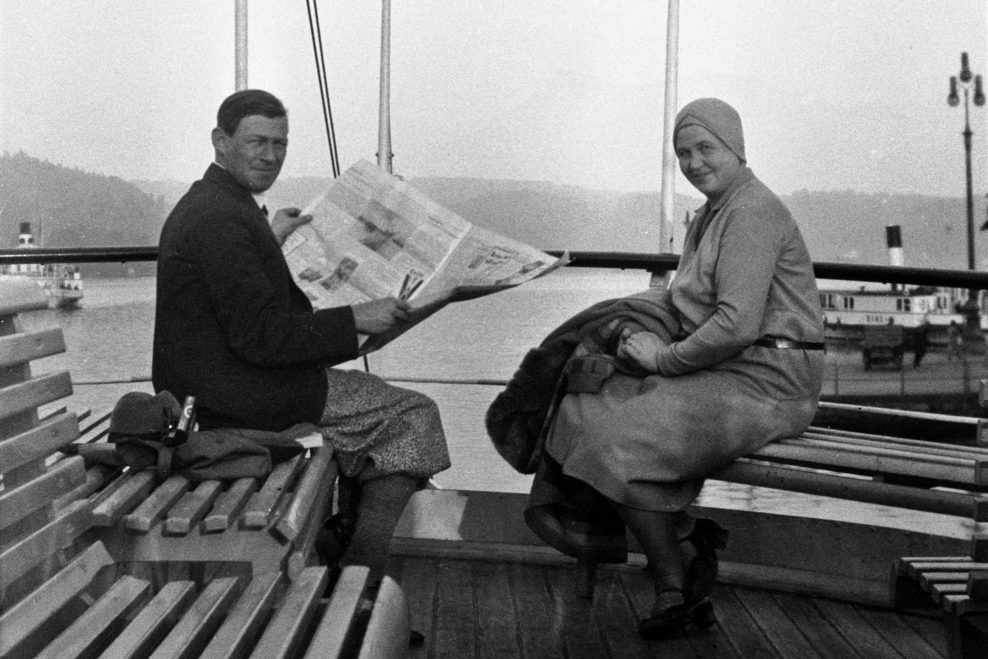
Aino and Alvar Aalto in Vierwaldstättersee lake, Switzerland, in 1920s. Photo © Alvar Aalto -säätiö.
Aino Aalto worked alongside her husband as a designer of equal standing. Many competition entries were submitted jointly by Aino and Alvar, such as those for the Paris International Exhibition and New York World’s Fair pavilions. In the extensive output of Aalto’s office it is, however, hard to distinguish the roles of the different designers, since works mostly went by the name of the office.
Aino and Alvar Aalto in front of the New York World Fair’s pavilion. Photo: Eino Mäkinen © Alvar Aalto Foundation.

Many of the architect’s office’s major works came about as collaborations between Aino and Alvar Aalto, for example, Vyborg Library, Paimio Sanatorium and the Aalto House in Helsinki.
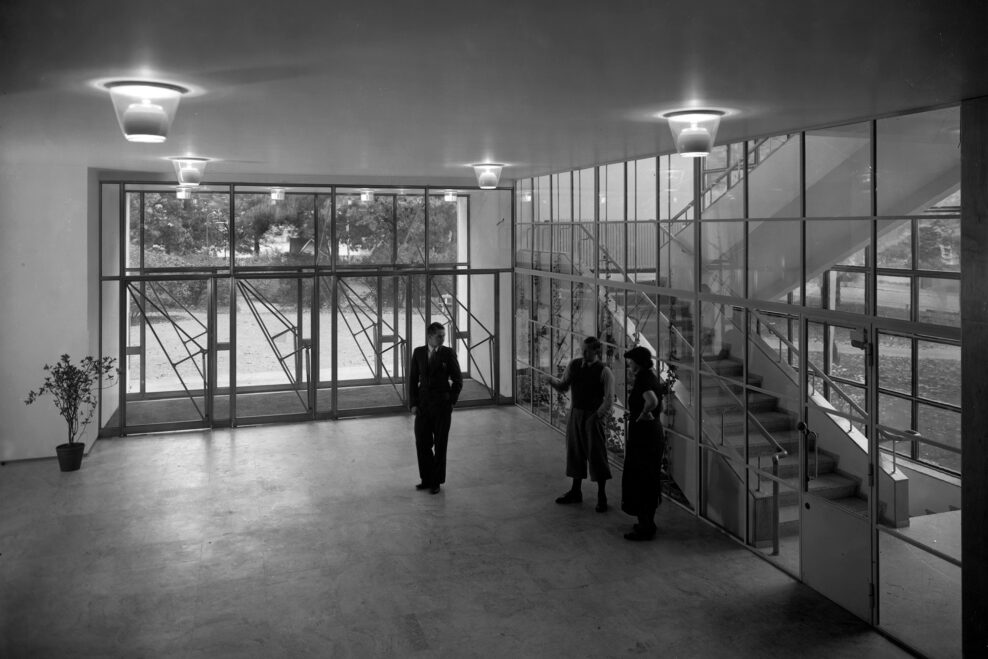
Architects Aarne Ervi and Alvar and Aino Aalto in the entrance hall of the Vyborg Library. Photo: Gustaf Welin © Alvar Aalto Foundation.
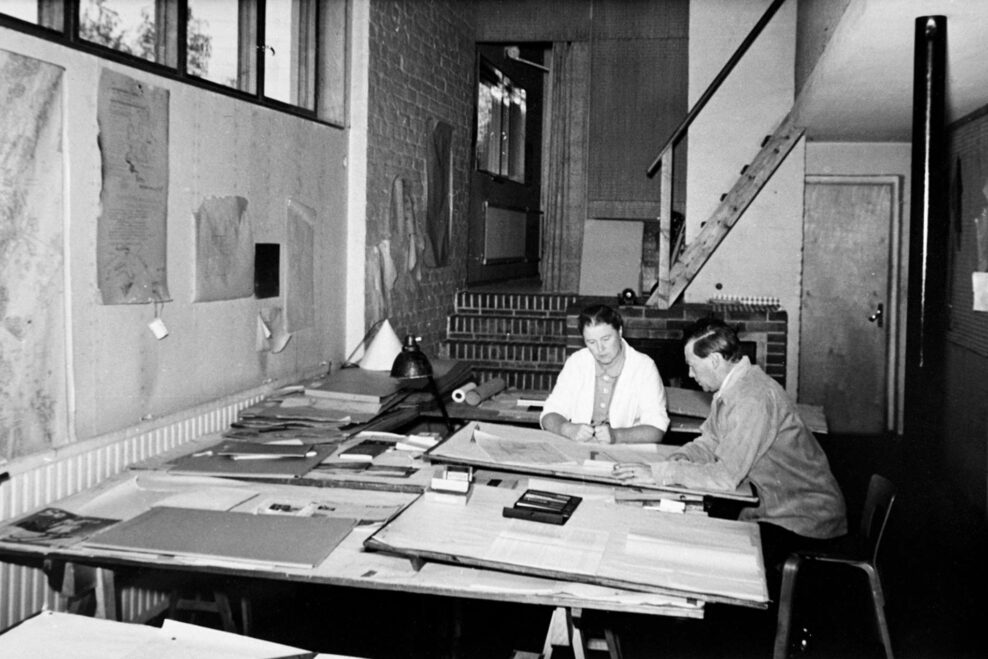
Aino and Alvar Aalto in the studio of the Aalto House. Photo © Alvar Aalto Foundation.
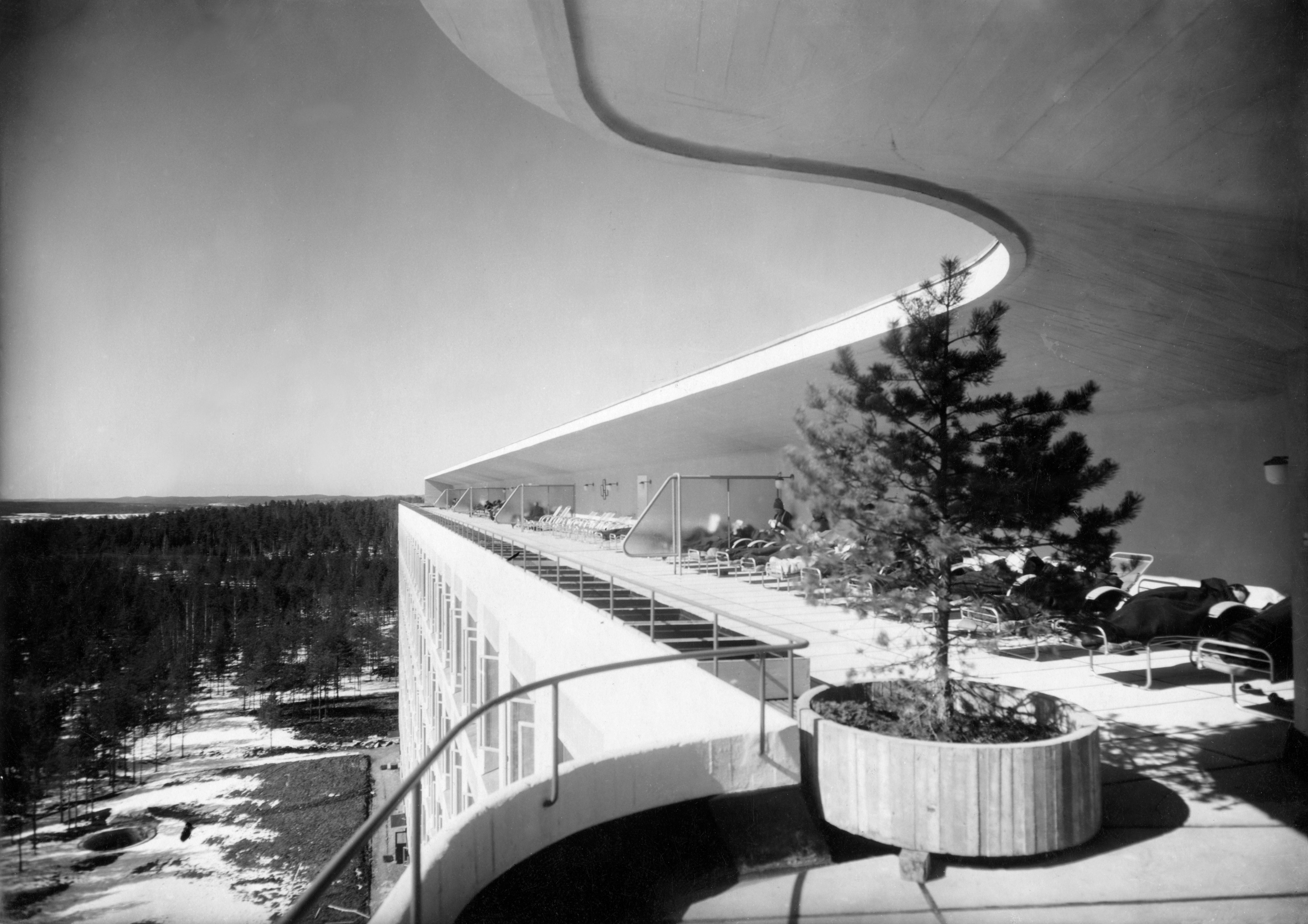
Paimio Sanatorium. Photo: Gustaf Welin © Alvar Aalto Foundation.
Aino designed some buildings independently, such as the family’s summer residence, Villa Flora, in Alajärvi (1926) and Noormarkku Children’s House and Health Center (1945). Aino was also a skilled exhibition designer and her exhibition architecture for the Milan Triennial in 1936 won a Grand Prix.
Aino Aalto was especially interested in interior and furniture design, for which she had plenty of opportunities in Aalto’s office’s comprehensive building projects. The aspiration to beauty, quality and utility made Aino a reliable interior designer. As Artek’s first Design Director, Aino Aalto created the company’s still-recognizable, timeless, high-quality style. Indeed, Maire Gullichsen described her as the most aesthetic person she had ever met.
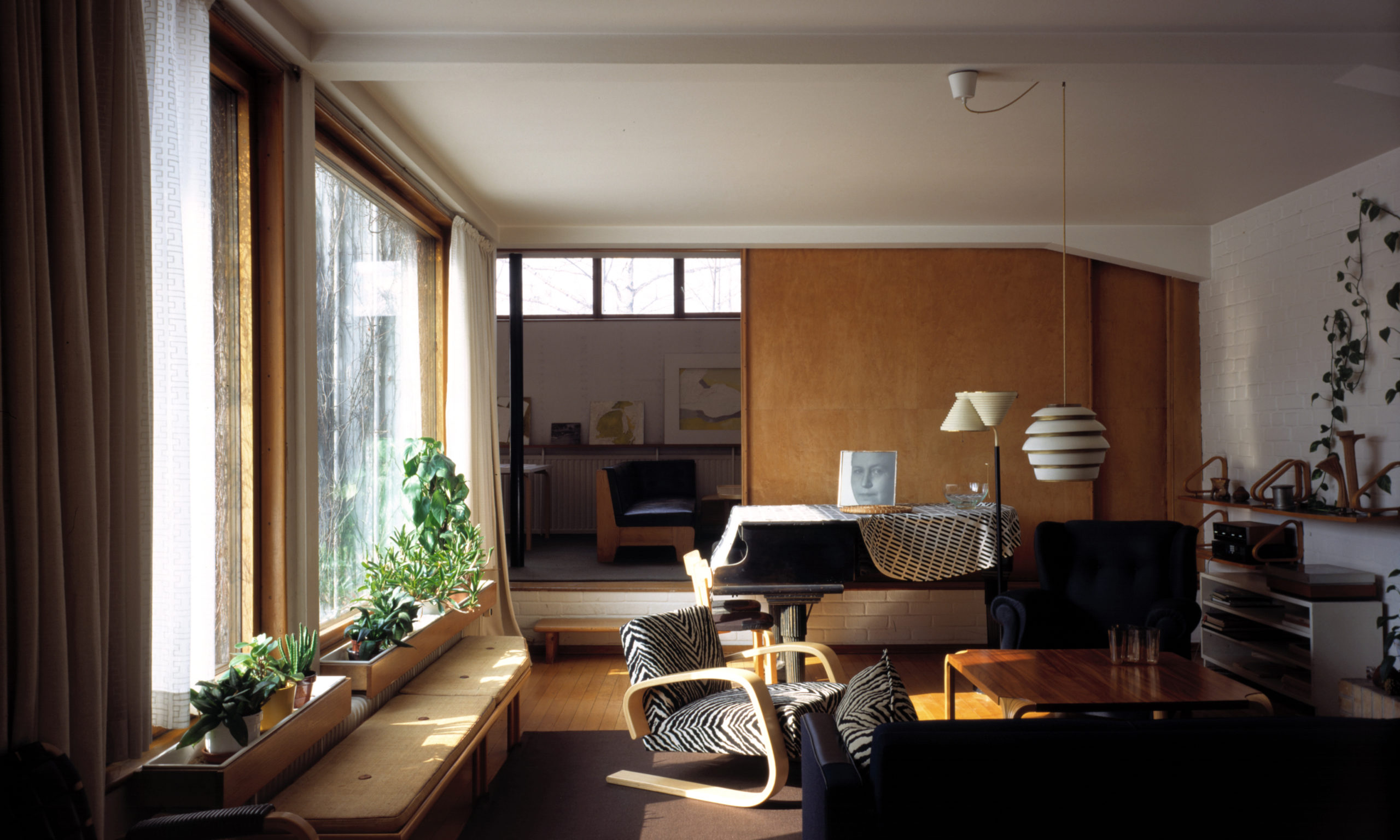
The Aalto House in Helsinki, Finland. Photo: Maija Holma © Alvar Aalto Foundation.

A chair designed by Aino Aalto in 1940s. Photo: Maija Holma © Alvar Aalto Foundation.
Aino Aalto was also an accomplished photographer and an early adopter of the principles of modern photography. The subjects of the extant photos are mostly of the family circle, children, journeys and architectural sites, but their composition shows that Aino was very aware of continental European role models. She was also socially aware and, for example, participated in the work of the Finnish Association of Women Architects Architecta.
Turku Fair in 1929. Photo: Aino Aalto © Alvar Aalto Foundation.
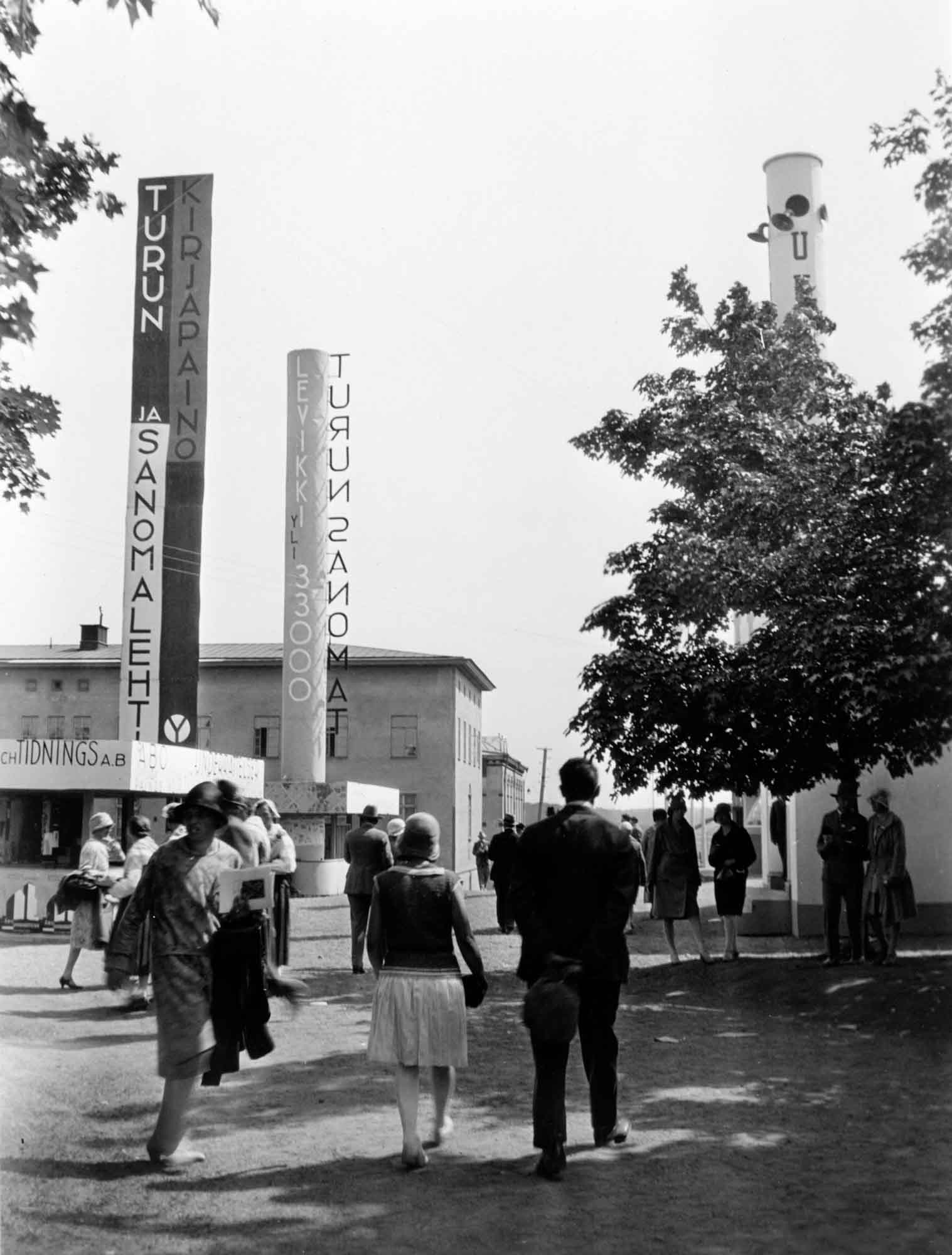
As an object designer Aino Aalto is best known for her glassware. The glass ranges bearing the name “Aino Aalto” and still in production are based on Aino’s Bölgeblick pressed-glass range designed for the Karhula-Iittala competition in 1932. Other glass objects designed by Aino, but subsequently taken out of production, are the Maija (1936) series of square serving platters and the Riihimäki Flower (1933) nested bowls and vases designed jointly with Alvar Aalto.

Riihimäki Flower, Aino and Alvar Aalto. Photo: Maija Holma © Alvar Aalto Foundation.

"Bölgeblick" pressed-glass range designed by Aino Aalto. Photo: Maija Holma © Alvar Aalto -säätiö.

Maija (1936) series of square serving platters, Aino Aalto. Photo: Maija Holma © Alvar Aalto Foundation.
Most of Aino’s object designs are, however, connected with furniture and interiors. Alongside her architectural studies, she had done work experience in furniture workshops, so she was familiar with the principles of furniture design and serial production. When Artek was founded in 1935, incorporated into its range were not only pieces of furniture designed by Alvar Aalto, but also finished products by Aino, such as the nursery furniture (1929) and the set of drawers in the “everyman’s desk” (1930).

Garden furniture designed by Aino Aalto in1930-40s. Photo: Maija Holma © Alvar Aalto Foundation.
Under Aino’s leadership Artek’s range expanded rapidly, with both variations on Aalto furniture and Aino’s own, practical furniture. Artek carried out all sorts of interior-design commissions, ranging from restaurants to hospitality suites and fairs, but Aino’s modern values and strong sense of social responsibility flourished particularly in interior design related to childcare, such as in kindergartens, health centres and maternity clinics.
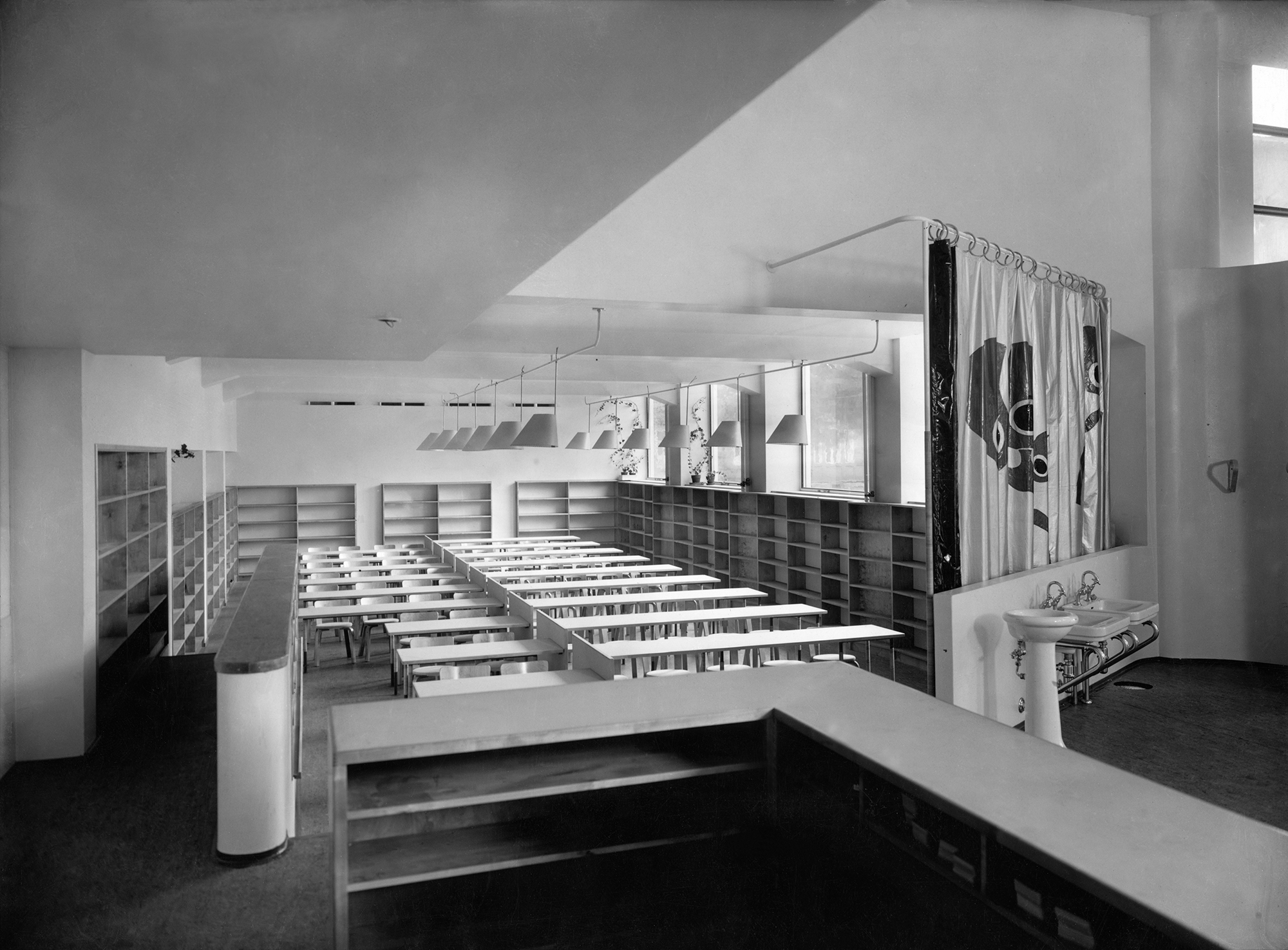
Vyborg Library (current Alvar Aalto Library), the children’s wing. Photo: © Alvar Aalto Foundation.
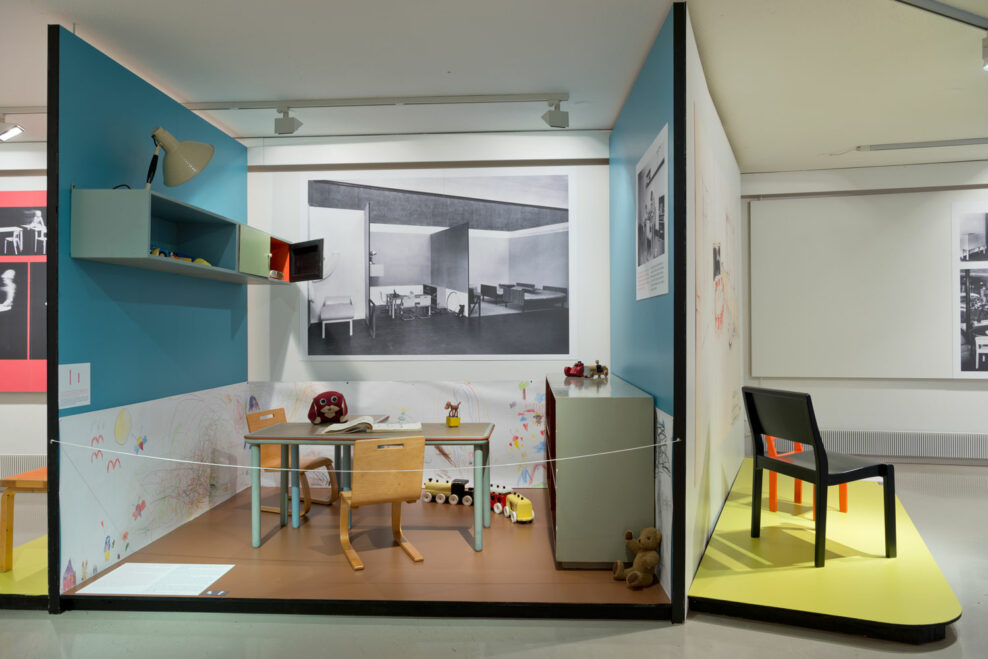
Children's furniture designed by Aino Aalto and Artek were on display in an exhibition at the Alvar Aalto Museum Gallery in 2017. Photo: Maija Holma © Alvar Aalto Foundation.
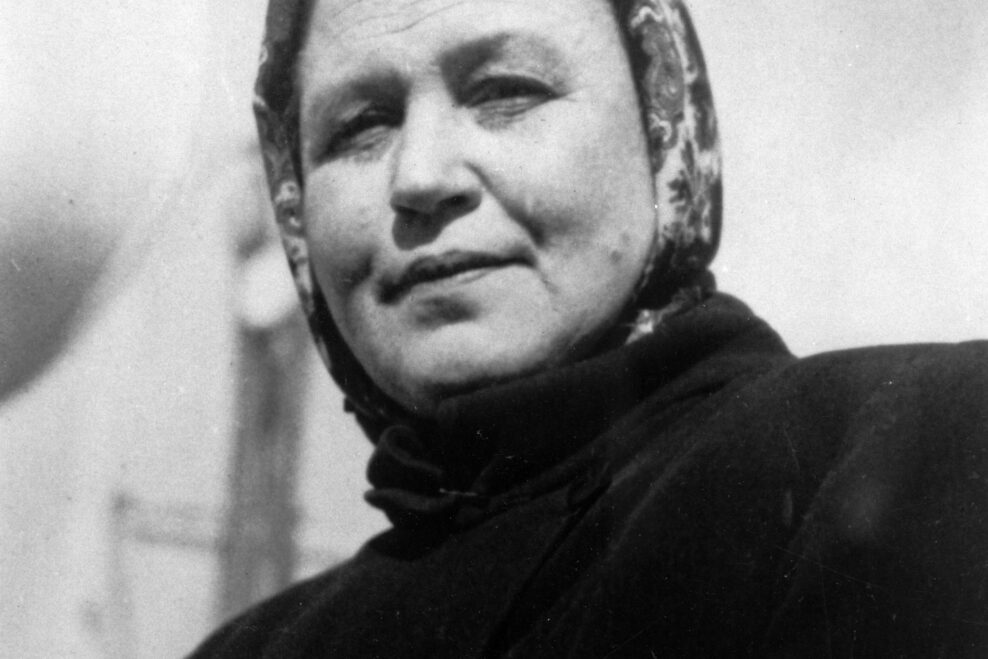
Aino Aalto (1894-1949)